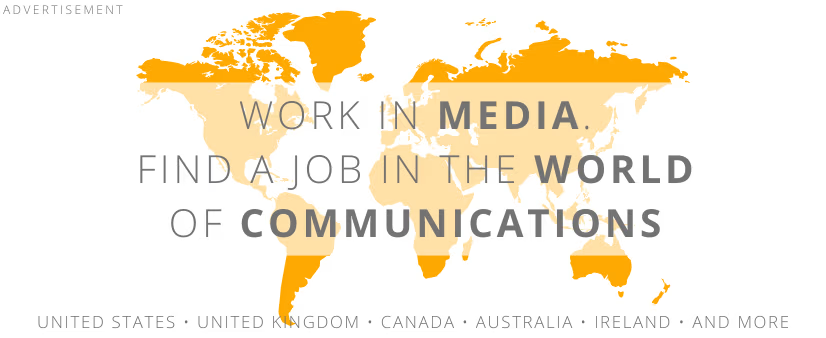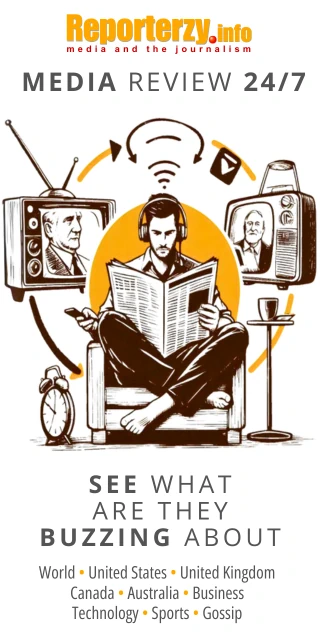Photographic reporting is somewhat akin to written words. Important are spelling, technical skill, grammar, clarity and quality of thought expression, beautiful style, artistic values of the subject, but the most important thing is what we want to say and how we can express it. The combination of all these elements into one harmonious whole creates great photographs. Henri Cartier-Bresson claimed that "photography is the simultaneous understanding in a fraction of a second of the meaning of an event, as well as the precise arrangement of forms that will give the event its proper expression."
A photojournalist must be able to extract from the surrounding world a fragment that portrays pain, joy, or humor and present it in a way that is both beautiful and clear, understandable to everyone. The boundary between subjects that can and should be photographed and those that the photojournalist`s lens should remain blind to is extremely thin and barely perceptible. It should be remembered that the camera in the hands of a press photographer is no less a dangerous tool than a weapon. Just like a rifle, a camera can injure, maim, and lead to tragedy.
The ultimate judge of what can or cannot be photographed is the photojournalist themselves, just as the person holding the rifle is the judge. The photojournalist is both a part of and not a part of the photographed event. Standing with a camera in hand and observing the world through the cold lens of the camera, filtering the storm of movements, gestures, and moods. As one of the reporters for "Świat," Jan Kosidowski, claimed, "photojournalism is a matter of rapid selection and visual preservation of elements, from which, like building blocks, the whole is constructed. When the magical moment passes, no one and nothing will help. Elaborate and convoluted photos, in which the author has lost themselves, do not stick in memory as much as ordinary photographs that do not strive for oddity." The Chinese say, "A poor thought hides behind flowery speech." Simple and clear photographs are often the most challenging to achieve.
An important role in the development of photojournalism was played by the photography agency "Magnum," founded in the 1940s in France. Photographers from this agency created the concept of so-called life photography. The beginnings of Polish photojournalism, with clear features of life photography, are inextricably linked to the weekly magazine "Świat." This magazine was founded in 1951 in Warsaw and from the beginning had the character of an illustrated magazine, where photography and photojournalism played as significant a role as written text. Władysław Sławny became the head of the photo department, and the team of photojournalists included: Zdzisław Małek, Paulina Kornecka, Wiesław Prażuch, and Jan Kosidowski. In 1969, the weekly "Świat" was discontinued.
People involved in photography can be divided into two separate groups: those studying techniques and conducting research, and those taking pictures. You don’t have to be an engineer to drive a car well. Photography is not a hard science, as the conditions under which one works are different each time, and consequently, the results will also vary.
According to Adam Hawałej, a photojournalist for PAP, the most important thing is "the ability to condense many stimuli into one photograph and perceive details in the surrounding reality that the so-called normal person does not notice. The need for expression in a single frame on every topic. The lens must be an extension of the eye and hand of the photojournalist. If tasked with photographing a certain person, one must choose such a formal key to show both their essential physical characteristics and their psychological truth. This is a significant choice and an art in itself, for there is no objective photography, just as there is no objective journalism."
The human weakness of peering into others` psychological nakedness, capturing their image and behavior, probably existed since the moment the first photograph depicting a birdhouse was taken by the world`s first photographer, Joseph Nicephore Niépce, in May 1816. It must be stated that photojournalists are indeed peepers; only instead of a keyhole, they use precise lenses. They tend to observe people rather than humanity, and there is a significant difference even when photographing a single person.
Erich Salomon argued that the work of a photojournalist is an eternal battle, a battle for the shot, and - just like hunting: in the end, it is the one who enjoys hunting that will catch the game.
Press photography tells the truth, just like a mirror we look into every morning; it is the "ontological authenticity of photography" - the photographed phenomenon or object must have truly existed at the moment the photograph was taken. However, a good press photo must also tell a story. A photojournalist should capture an event in a frame so that it is not only a documentary record but also material for contemplation.
Press photography captures the image of our times. It is a mirror for the present and a document for future generations. Its central point is the human being and everything related to them: their work, play, and customs. Individual prints can be messages, portraits, art, or documents - whichever of these genres they belong to, they are primarily accurate reflections of their times. And press photography itself is the acquisition of the ability to perceive and the possibility of personal expression.
COMMERCIAL BREAK
New articles in section Press photography
How to Choose a Drone. What to Consider When Buying a Flying Camera
KF
Photography and filmmaking are industries where civilian drones are now most commonly used. The global market for flying cameras was worth $12.4 billion in 2023 and is expected to grow annually by 15.6%. How do you choose the right drone for yourself from this rapidly expanding market? Here are some tips.
Stock photography market. Report and forecasts by Mordor Intelligence
KFi
Demand is growing fastest in Asia, but America creates the most visual content. More often now, images come from algorithms, not cameras. The biggest players are investing in training artificial intelligence. Free platforms are boldly stepping out of the niche.
How to choose a gimbal. Things to consider before buying [GUIDE]
Krzysztof Fiedorek
Stable shots aren't just about aesthetics. They’re the foundation of credible and viewer-friendly content. A gimbal - a device designed for image stabilization - has become a must-have for anyone serious about filming. But how do you pick the right one? It’s only seemingly simple.
See articles on a similar topic:
The Profile of Henri Cartier-Bresson
Janusz Wójtowicz
Henri Cartier-Bresson was born in France in 1908. In his youth, he was initially interested in painting and documentary filmmaking. A breakthrough came in 1932 when the twenty-four-year-old Cartier-Bresson purchased a small-format Leica camera, which he never parted with.
Main Truths of Photography
Janusz Wójtowicz
You don’t need a lot of money to take good photos. There is no "best" camera. However, there can be a camera that is "best suited for the type of photos you take."
Photographing Art
Janusz Wójtowicz
This is a field of photography that requires great sensitivity and a solid equipment background from the photographer. Photos are taken practically in the absence of light that allows for a proper shot.
Trends in Mobile Photography. Huawei XMAGE Report
Marta Januszkiewicz
A team of experts, with the help of AI, analyzed photos and videos submitted to the latest edition of the HUAWEI NEXT IMAGE Awards mobile photography competition. The result is the HUAWEI XMAGE Trend Report 2023, a publication identifying key trends and themes in images generated by smartphone users.






























